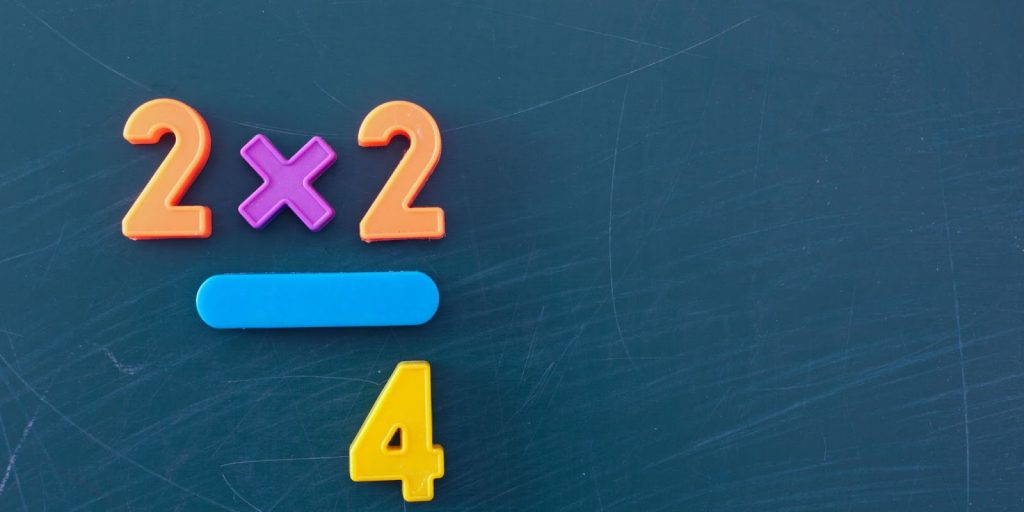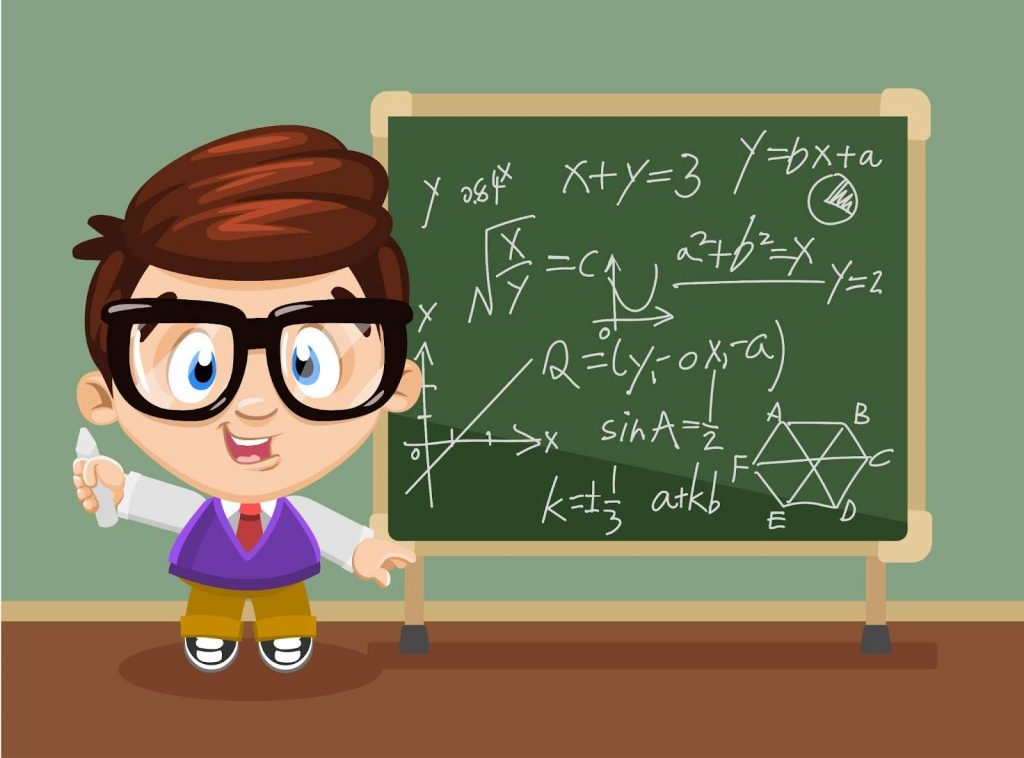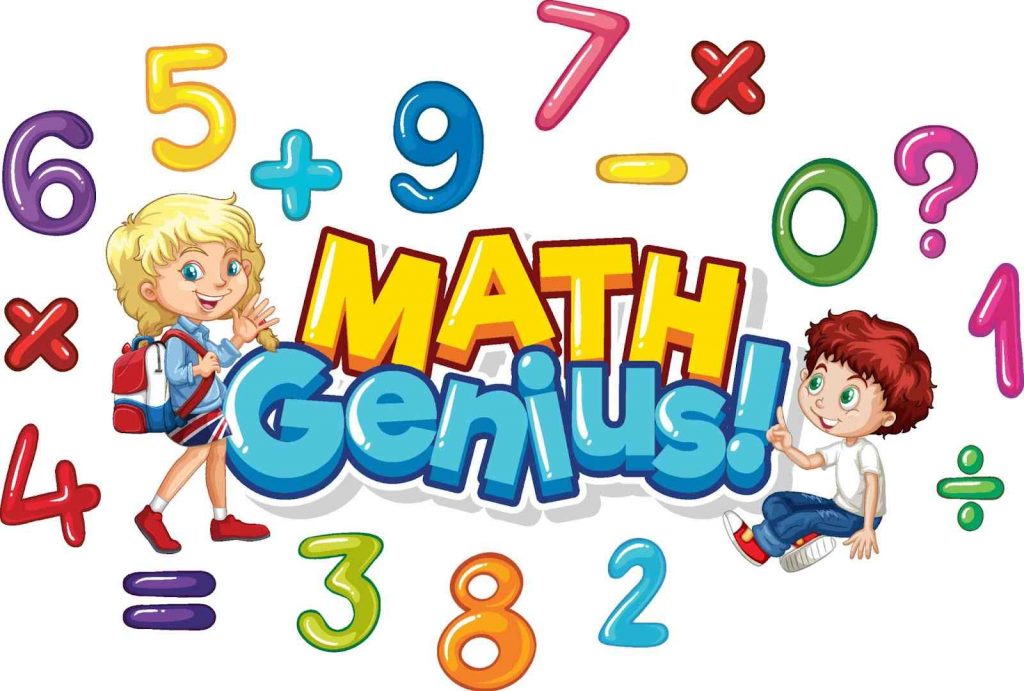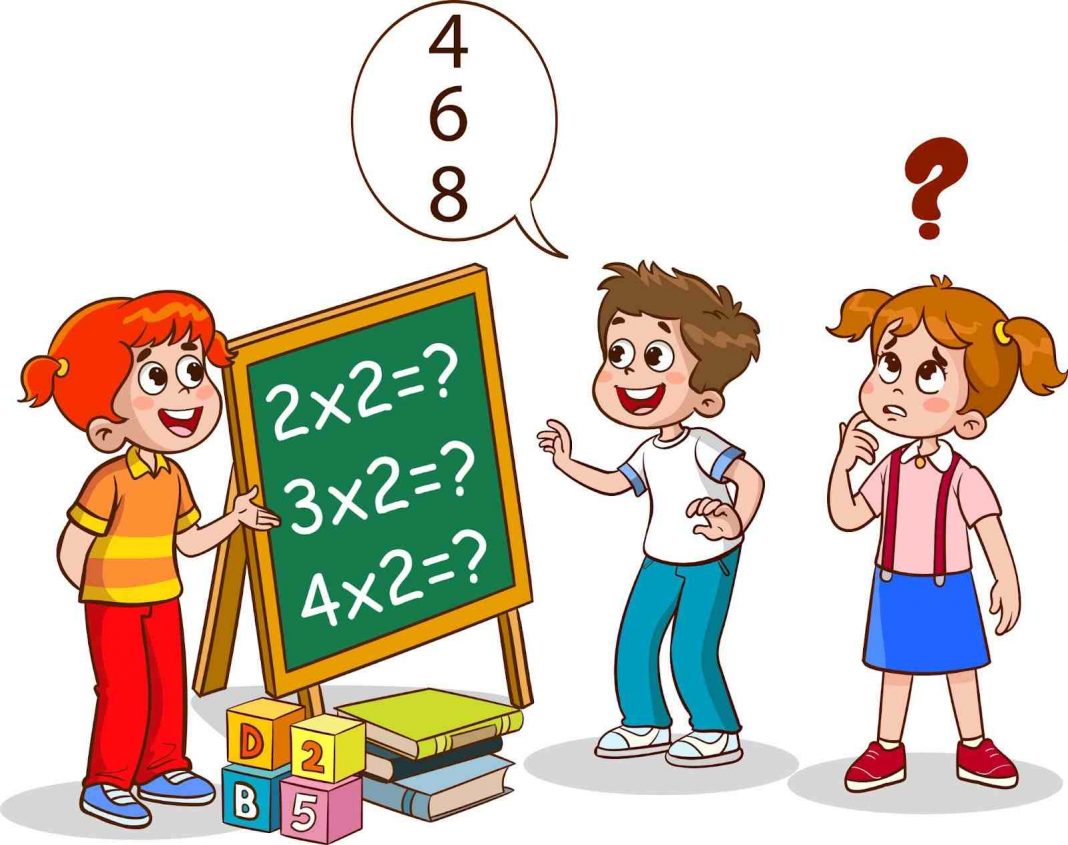Math brain teasers for kids are a fantastic way to enjoy themselves while they learn. These aren’t your typical math problems; they’re clever puzzles that mix numbers, logic, and a bit of fun. They’re perfect for kids who think regular math is boring because they turn learning into a game.
Math & ELA | PreK To Grade 5
Kids see fun.
You see real learning outcomes.
Watch your kids fall in love with math & reading through our scientifically designed curriculum.
Parents, try for free Teachers, use for free
What makes these fun math brain teasers special is how they challenge kids to think outside the box. They’re not just about finding the right answer; they’re about exploring different ways to solve a problem. This can help kids see math in a new light – not just as something they must do at school but as a cool puzzle to solve.
In this blog, we’ll dive into some great math brain teasers that are perfect for kids. Let’s get started and see how these puzzles make learning math something every kid can look forward to and enjoy!
Want to put your math skills to the test right now? Play these interactive math games, and see if you can solve it without peeking at the answer!- Play Now!
What Are Math Brain Teasers for Kids?

Math brain teasers for kids are kinds of puzzles that combine numbers and logical thinking. Unlike regular math problems found in textbooks, these math brain teaser questions are more about playing with numbers and concepts in a fun and interesting way. They often come in riddles, puzzles, or even simple questions that need a bit of creative thinking to solve.
27 Fun Math Brain Teasers With Answers

1. What number do you get when you multiply all of the numbers on a telephone keypad?
Answer: 0 (Since one of the numbers is 0, the product of all numbers will be 0).
2. A number is increased by 1 and then multiplied by 2. The result is 10. What is the original number?
Answer: Work backwards: divide 10 by 2 to get 5, then subtract 1. So, the original number is 4.
3. Using only addition, how do you add eight 8s and get 1,000?
Answer: 888 + 88 + 8 + 8 + 8 = 1,000.
4. A grandfather, two fathers, and two sons went to the movie theater together, and everyone bought one movie ticket each. How many tickets did they buy in total?
Answer: 3 tickets (since the grandfather is also a father and the father is also a son).
5. If five cats can catch five mice in five minutes, how long will it take one cat to catch one mouse?
Answer: Five minutes.
6. What two numbers give the same result, whether added or multiplied?
Answer: The numbers are 2 and 2. Because 2 + 2 = 4 and 2 × 2 = 4.
7. A snail climbs up 3 feet during the day and slips back 2 feet at night. How long will the snail take to get out of a 12-foot well?
Answer: 10 days.
8. The answer will always be the same if you multiply this number by any other number. What number is it?
Answer: Zero.
9. What is the smallest whole number equal to seven times the sum of its digits?
Answer: 21 (because 2 + 1 = 3 and 7 × 3 = 21).
10. If you divide 30 by half and add 10, what do you get?
Answer: 70 (because 30 divided by half is 60, and 60 + 10 = 70).
11. In a family, there are 2 brothers and 1 sister. How many children are there in total?
Answer: There are 2 brothers + 1 sister = 3 children in total.
12. If there are three apples and you take away two, how many apples do you have?
Answer: Two apples (the ones you took away).
13. If you have a pizza cut into 4 equal pieces and you eat 1 piece, how much of the pizza is left?
Answer: The pizza is divided into 4 equal parts, so each part is 1/4 of the pizza. If you eat 1 piece, you eat 1/4, and 3/4 of the pizza is left. The solution is found by understanding that 1 – 1/4 = 3/4.
Are you enjoying these math puzzles? Click here to explore SplashLearn and gain access to a world of math adventures that will turn you into a math whiz in no time!
14. What is the largest number you can write using only two digits – just the number 8 and one other digit of your choice?
Answer: 98.
15: There are 45 apples in your basket. You take three apples out of the basket. How many apples are left in the basket?
Answer: 42 apples.
16. I am a two-digit number. My tens digit is double my ones digit, and the sum of my digits is 9. What number am I?
Answer: 63 (6 + 3 = 9, and 6 is double of 3).
17. A clock is running 15 minutes slow and shows 2:45. What is the correct time?
Answer: The correct time is 3:00.
18. If you write all the numbers from 300 to 400, how many times do you write the digit 3?
Answer: 120 times (100 times in the hundreds place and 20 times in the tens and units places).
19. What two whole, positive numbers have a one-digit answer when multiplied and a two-digit answer when added?
Answer: 1 and 9 (because 1 × 9 = 9 and 1 + 9 = 10).
20. A number is increased by 2 and then multiplied by 3. The result is 24. What is the original number?
Answer: 6 (First, divide 24 by 3 to get 8, then subtract 2).
21. How many pieces do you have if you cut a cake into three equal pieces and take away two?
Answer: Two pieces.
22. When divided by 5, a number gives a remainder of 3. What could the number be?
Answer: Any number that is 3 more than a multiple of 5. Examples include 8, 13, 18, etc.
23. If you have six pairs of black socks and six pairs of white socks mixed in a drawer, what is the minimum number of socks you need to pull out to ensure a matching pair?
Answer: 3 socks (since there are only two colors).
24. What is the smallest whole number that, when written out, uses all the vowels (A, E, I, O, U) exactly once?
Answer: Five thousand.
25. If you write out all the numbers from 1 to 100, how many times do you write the number 2?
Answer: 20 times.
26. What is the next number in this sequence: 2, 3, 5, 7, 11, …?
Answer: 13 (the sequence consists of prime numbers).
27. If a number is increased by 12, the result is 56. What is the number?
Answer: 44.
4 Benefits of Math Brain Teasers for Kids

Math brain teasers are more than just fun puzzles; they offer a range of benefits for children’s cognitive, academic, emotional, and overall learning experiences. Here’s how these mathematics brain teasers can positively impact kids:
- Enhance Memory, Attention, and Reasoning: Math brain teasers require kids to remember rules, formulas, and the steps they’ve already tried. This strengthens their memory. These teasers also demand focused attention to detail and the ability to follow complex thought processes, enhancing critical reasoning skills.
- Understanding Mathematical Concepts: Engaging with math brain teasers helps children grasp and apply mathematical concepts in a practical and often more relatable way. It encourages them to see math not just as abstract numbers on a page but as a dynamic and integral part of everyday problem-solving.
- Building Patience, Persistence, and Confidence: Working through challenging problems and experiencing both success and failure helps children develop patience and persistence. As they solve these teasers, they gain confidence in their ability to tackle difficult problems in math and other areas of learning and life.
- Making Math Enjoyable and Less Intimidating: Many kids find traditional math intimidating or dull. Math brain teasers turn learning into a game, making it more engaging and less scary. By presenting math in the form of puzzles, it becomes a fun activity that kids look forward to, helping to dispel the myth that math is tedious or too difficult.
Conclusion
In conclusion, math brain teasers are a fantastic resource for children’s learning and development. They sharpen mathematical skills and enhance cognitive abilities, academic performance, and emotional resilience. By transforming abstract numbers into intriguing puzzles, these teasers make math accessible and enjoyable for kids. Encouraging math brain teasers at home or in school can lead to a more profound appreciation and understanding of mathematics, setting a strong foundation for lifelong learning and problem-solving skills.
Frequently Asked Questions (FAQs)
What are some good math brain teasers for 4th graders?
Math brain teasers for 4th grade often involve basic arithmetic, simple fractions, and logical thinking puzzles. They enhance problem-solving skills and make math fun at this developmental stage.
Can you recommend math brain teasers suitable for 5th graders?
Where can I find printable math brain teasers for kids?
Printable math brain teasers are available on various educational websites and resources online. They are convenient for teachers and parents to use as supplementary teaching tools or for fun math activities.
How often should kids do math brain teasers?
Incorporating math brain teasers into a child’s weekly routine can be beneficial. Regular practice, even just a few times a week, can significantly enhance their mathematical and problem-solving skills.
Are math brain teasers effective for group activities in classrooms?
Yes, math brain teasers can be excellent for group activities. They encourage collaboration, discussion, and collective problem-solving, making them valuable tools for interactive classroom learning.
























